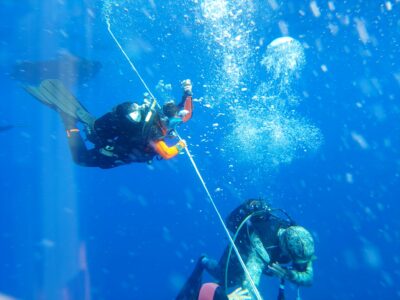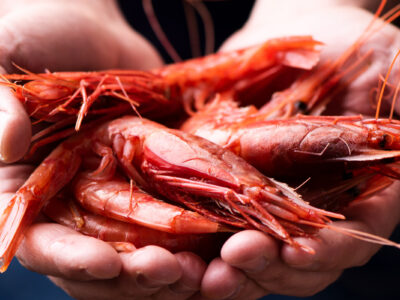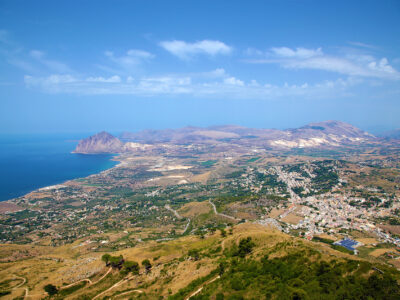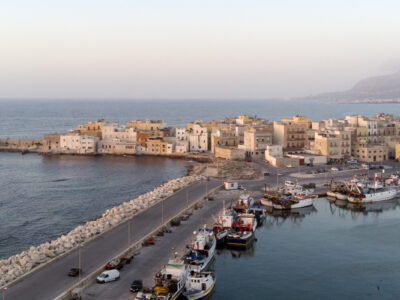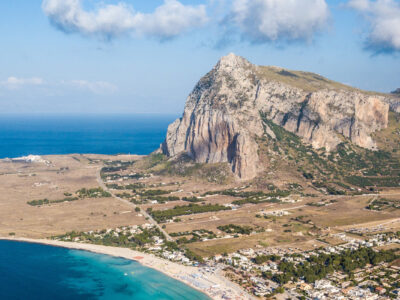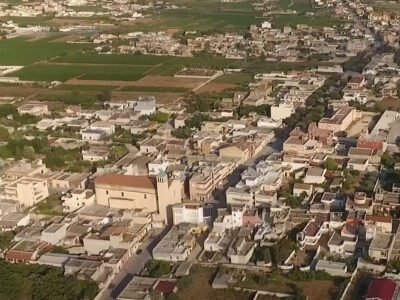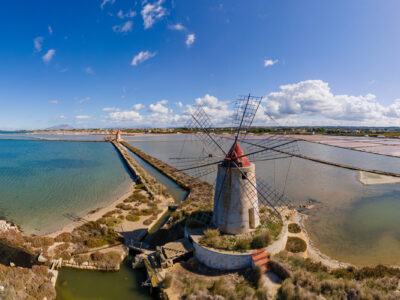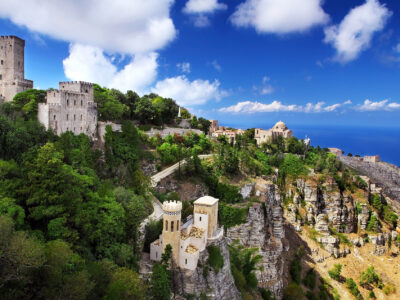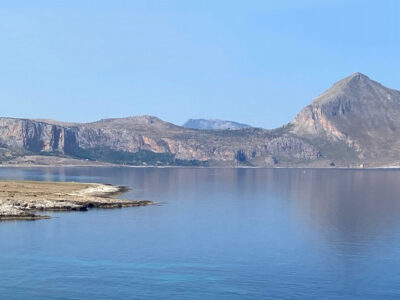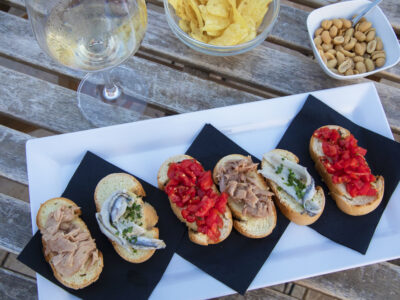Petrosino
Petrosino
The history of Petrosino, is an autonomous municipality of the province of Trapani, begins in 1980. Before this date, the town was part of the Marsala territory.
Petrosino and Marsala in fact share a common agricultural and wine-growing vocation. Their countryside has large fields cultivated mainly with vines, with various local productions of fruit and vegetables.
The territory of Petrosino, predominantly agricultural, is characterized by the cultivation of grillo and catarratto grapes, typical for the production of Marsala wine, which extend over fertile flat land to the sea.
It seems to be the most wine-growing municipality in Italy, with the highest production of grapes per inhabitant.
In 1632 the original village took on its current configuration and the settlement was perfected thanks to the Englishman John Woodhouse with the construction of a bailey whose portal later became the coat of arms and symbol of the town.
The reclamation of the 1930s, following the construction of a system of canals with sluices that collect the water and make it flow into the sea, made it possible to recover some land for agriculture.
Walking through the fields you will encounter the typical baileys, rural architectural structures, particularly widespread in the area between Marsala and Mazara del Vallo: real fortified farmhouses with internal courtyards overlooked by the old manor house.
In addition to the agricultural landscape, Petrosino is characterized by sandy coasts (notably the Biscione beach) which in summer becomes a crowded destination for holiday makers.
Culture and History
According to tradition, the name Petrosino derives from the Latin words sinus (gulf) and Petri (Pietro), meaning Peter’s gulf, alluding to the landing of Saint Peter in the Bay of Biscione.
However, it is more likely that the toponym derives from the Greek term petroseli, in the local dialect has become piddusinu, that is parsley, a very common plant in the countryside.
The first settlements, dating back to the mid-seventeenth century, were of inland peasants who formed small settlements called chiànura, and fishermen who settled on the coast of today's hamlet of Biscione.
The town developed from the nineteenth century onwards along the main road (today Viale Baglio Woodhouse), where John Woodhouse built a winery in 1813. Municipal autonomy dates back to 1980 when Petrosino, a hamlet of Marsala, broke away from it, becoming the youngest municipality in the province of Trapani.
Unfortunately no accommodations were found.
Unfortunately no tours were found.


